If you’re buying garments wisely and considering their cost per wear, you’ll enjoy good quality and the ability to get more wear out of them. But, as the saying goes, “all good things must come to an end,” and over time, even your most treasured pieces of clothing will reach a point where they are a bit worse for wear. So, how long can you keep wearing them? We’ve got the answers!
Phrased another way, our question for today is: “When is it a good time to retire an item, and when is it acceptable to extend its wearable life further, perhaps by giving it a bit of sartorial CPR?” As is often the case, prevention is better than cure.
So, it does pay to look after your clothing in a proactive sort of way. Literally here, “a stitch in time saves nine.” Furthermore, proper laundry, garment care, and clothes maintenance will set you up to take care of your clothes in the best way possible. But today, we’ll specifically answer that question of what is an acceptable amount of wear and tear for your classic menswear.
General Rule: Consider a Garment’s Formality
Before we get into the nitty-gritty, though, let’s discuss a general guideline that will help you decide when it’s best to wear, repair, or retire your clothing. The essential question to ask yourself here is how formal the item of clothing in question is, as the more formal an item is the less acceptable it will be to have it in a visible state of disrepair.
As an example, let’s consider a pair of evening trousers from a tuxedo. It will be more noticeable if these are worse for wear as they’re designed to be smart, clean, and give you the best possible appearance.
In this case, a large moth hole or a stain that just won’t budge is going to make these trousers difficult, if not impossible, to wear well.
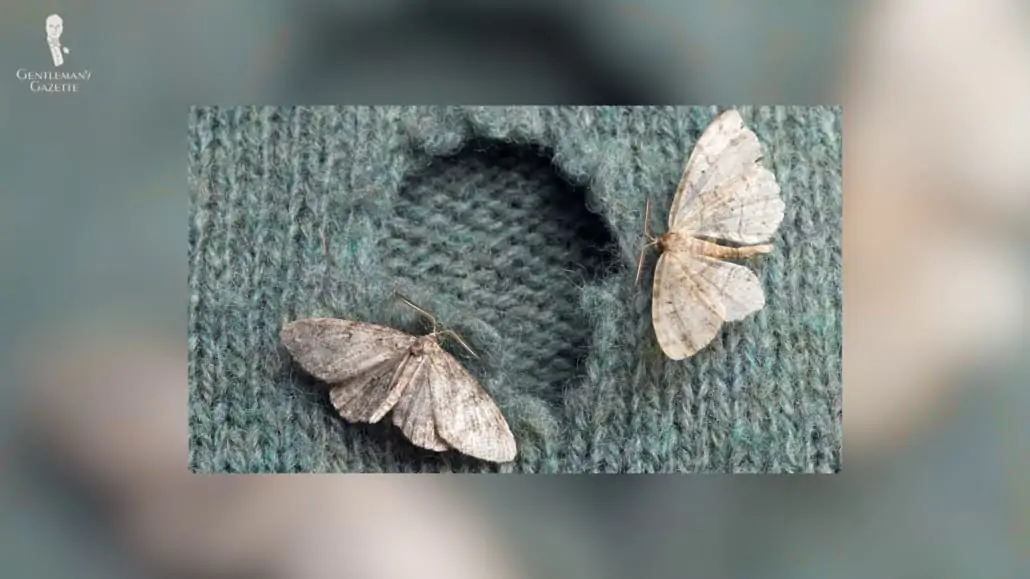
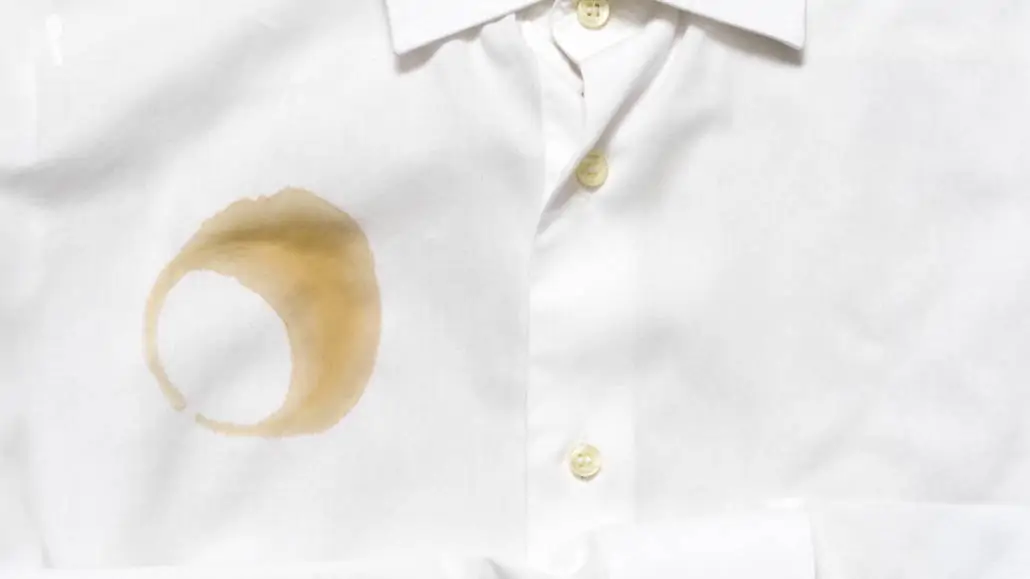
On the other hand, a pair of denim jeans that have been similarly affected by a hole or a stain, although more likely a small hole or less noticeable stain, are going to be easier to wear. After all, jeans are a much more casual garment, so a bit of visible wear will be more acceptable.
With that general rule in mind, then, you should be able to make more good decisions at a glance, and not spend as much time stressing over your wardrobe. Clothing should be enjoyable, after all. But for more specific times when you’re unsure as to whether a garment should be worn or retired, let’s jump into categorizing them.
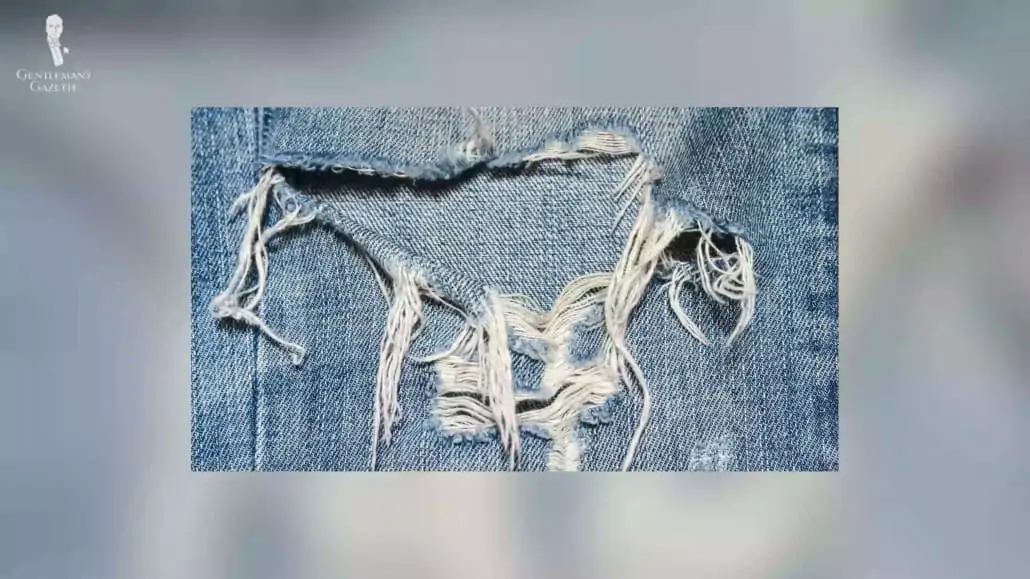
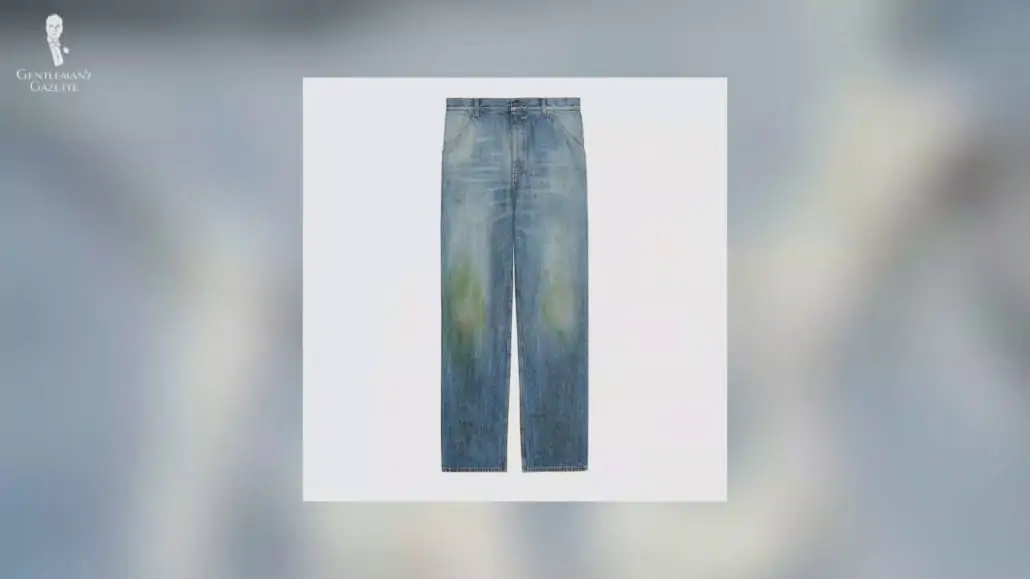
Category 1: Wear As-Is
Our main category looks at when you can continue to wear an item with little worry, even if it’s not as pristine as the day you bought it
(Somewhat) Faded Colors
You don’t have to worry about wearing something less than new if it’s just lost a bit of its color over time. After all, this is quite natural for many pieces of clothing, especially those that have strong or bold colors, to begin with.
As an example, consider polo shirts. Over time and after many washes, it is only natural for the color in a piece of clothing to fade a bit, no matter what kind of promises your laundry detergent makes. In these cases, the clothing won’t require any special care or attention, and you can simply carry on wearing it as you have done.
In fact, recent years have seen an increase in the appetite for vintage clothing, which of course, we’re big fans of, and the vintage pre-faded look is even coming more into the realm of fashion these days. It’s being applied to brand new items from different manufacturers, with brands like Double RL being a good example.
So, there’s no better time than today to wear your garments that are slightly faded.
Small Holes
Small holes in garments can also be largely acceptable, depending, of course, on what the garment is and where the hole or holes are located. Of course, we could spend all day debating whether or not it’s a good idea to wear socks or underwear with holes in them. After all, we’ve all been caught short on laundry day.
But here today, we’re talking about holes in clothing items that most other people are actually going to see. The best examples for acceptable holes in clothing can be found on things like tweed jackets or any other hard-wearing garment originally designed as outerwear for the outdoors.
By its very nature, tweed is designed to stand up to a lot, and in fact, a good tweed jacket will look and feel better after a considerable amount of wear. But the more you’re wandering through brambles, the more you’re occasionally going to find a hole in your favorite piece of country clothing.
This will add to its overall charm, though, and if the garment has a pattern, there’s an even better chance that the hole might not even be noticeable in the first place.
Frayed Denim
Similar to those small holes in tweed jackets, frayed denim is another worn item that can still be put on without any worry. And no, we are not talking about boot-cut jeans from the 2000s. A good pair of jeans, just like a good tweed jacket, will actually get better with age, fitting more closely to your body, and feeling more comfortable.
High use areas like the pockets, fly front, and hems will show some fraying over time, but this just adds to the lived-in charm of hard-wearing denim. Of course, if you’d like to wear your denim in more smart casual settings, you may want to set aside a pair, especially if it’s dark wash, to get less fraying over time.
For your everyday pair of jeans, though, fraying is definitely acceptable.
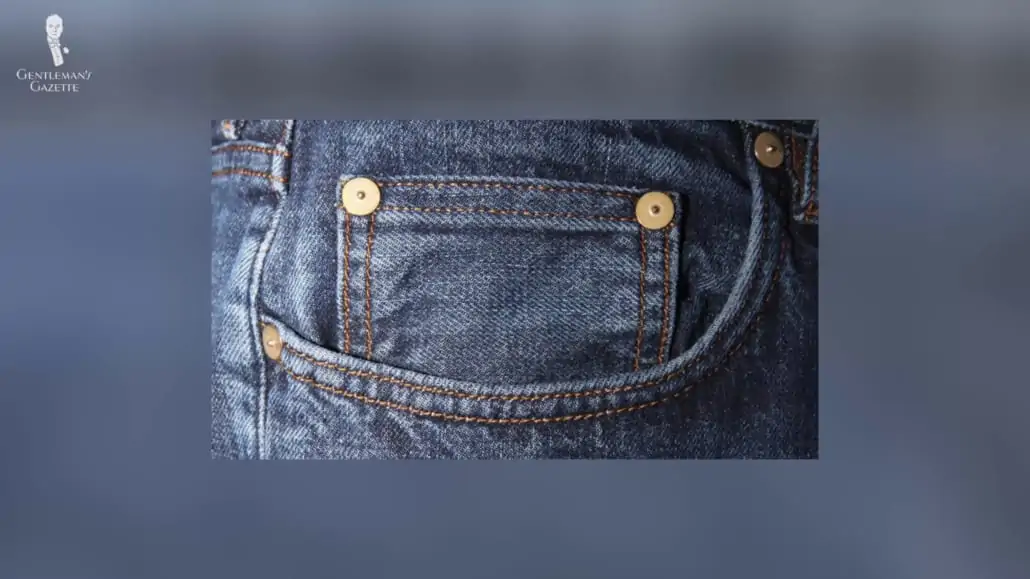
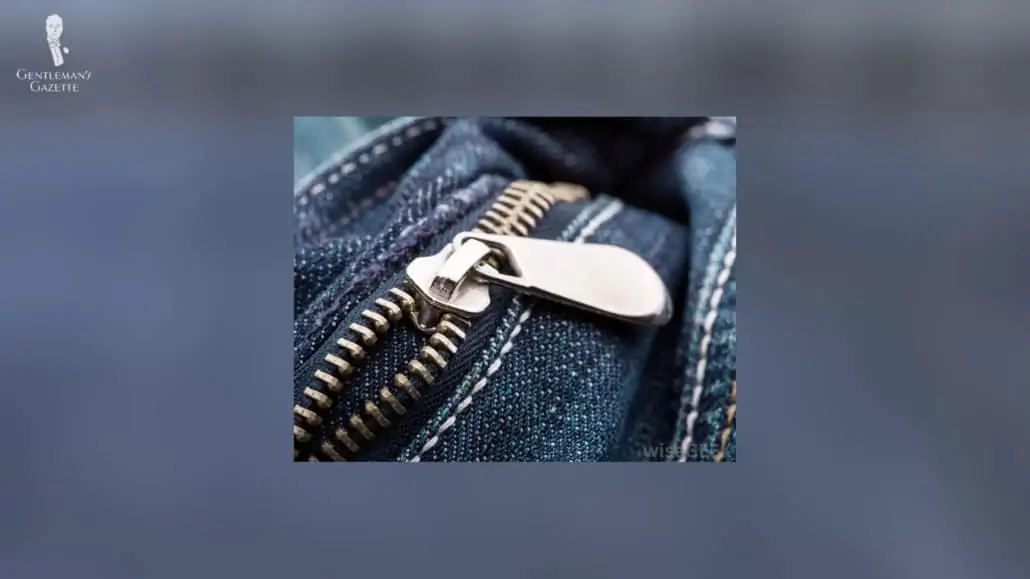
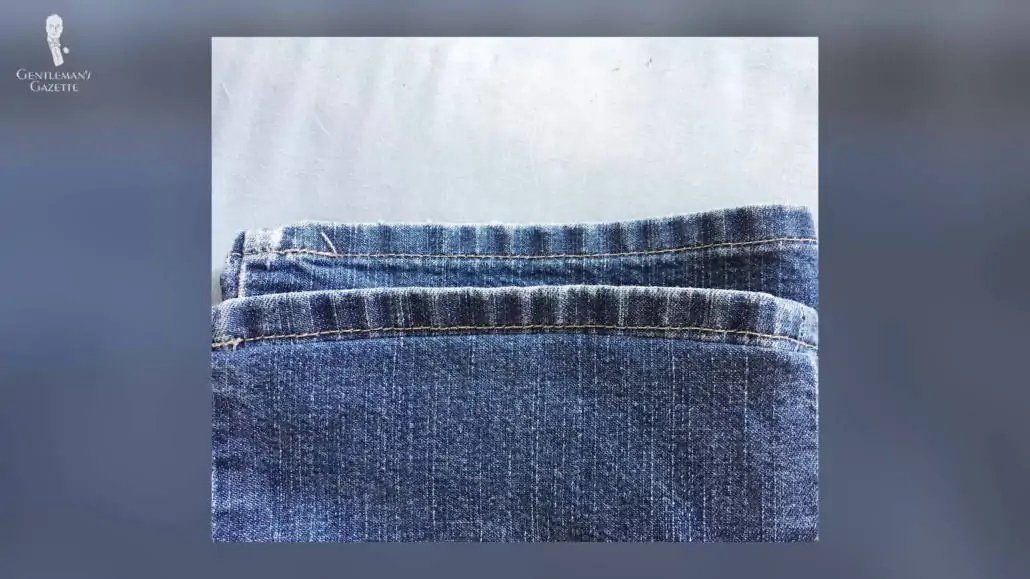
Missing A Button (or Two!)
Finally, if you’ve got a jacket, shirt, or any other item that takes buttons, missing a button or two from the garment doesn’t have to mean the end of the garment’s life. Of course, it will depend here on which buttons on your garment are missing, but for example, if it’s your jacket’s bottom or sleeve button, or the top of cuff button on your shirt, then it shouldn’t affect the overall wearability of these garments, and it can even add a touch of sprezzatura to your look.
For all of our “wear as is” suggestions today, just remember that it’s ultimately about how comfortable you feel in wearing the garment.
Category 2: Repair, Then Wear
For our next section today, we’ll explore when a garment can be given a new lease on life through a bit of repair. That then raises the question of “What can be repaired?”
Buttons
Let’s first dovetail into our previous section and talk about buttons, which are one of the most common areas on a garment that requires repair, but also one of the easiest repair jobs to accomplish. If you’ve got a button and some needle and thread, then all you need to do is check out our guide on how to sew on a button, and you should be good to go.
Of course, an item like a dress shirt will require that you use the original button or one as close to it as possible. Otherwise, a jarring effect will result.
For something like a casual tweed jacket, as we were discussing before, you do have a greater amount of creative freedom when it comes to potentially choosing a different style of button, so long as it is roughly the same size, of course, to accommodate the buttonhole.
Undone Seams
From time to time, you may also find that one of your favorite garments is starting to come undone at one of its seams. This can be frustrating and isn’t always just the sign of a good lunch. The good news, though, is that this is another relatively simple fix as all you need to do is retrace the original line of stitching with a new piece of thread.
If you notice that a garment of yours is suffering from a split seam, it’s best to remove the item as soon as you possibly can, so as not to make the problem any worse. A safety pin or two should tide you over if you’re not immediately able to deal with the rip, or if it’s an item of clothing that you can’t simply take off for the rest of the day.
But overall, remember that seam rips like these should be treated roughly like stains. The sooner you can see to fixing them, the better.
Worn Elbows on Jackets
Returning to our favorite example of the tweed jacket again, let’s next talk about threadbare elbows as a result of many moments spent deep in thought, or perhaps just propping up the local pub or bar, the elbows on a hearty jacket are going to need some attention over time.
By adding patches to the elbows, you’re going to extend the wearable life of your jacket (and look all the more studious). It’s worth mentioning that this specific repair works better on heavier fabrics, which is why the tweed jacket is, again, our go-to example here, but other things like cotton drill, corduroy, and moleskin are all examples of heavy fabrics that take elbow patches well.
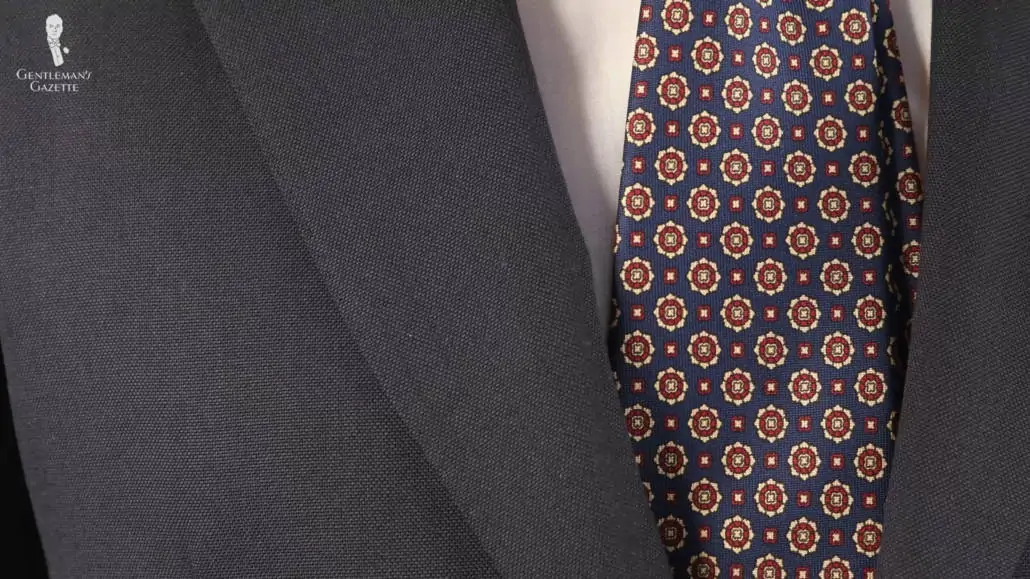
Although it would be theoretically possible, it’s not recommended that you add elbow patches to your more formal jackets made from flannel, worsted wool, or cashmere, as the clash in formalities is going to be too great here. If you have any items made from these fabrics that need attention, you’d be better off with our next recommended course of action.
Invisible Mending
Specifically related to those small tears or holes that we mentioned earlier, it is possible for a talented tailor or seamstress to perform an invisible mend on the garment, which usually involves re-weaving the fabric back together where the tear or hole occurred.
Naturally, this skill requires much time and patience to complete, so it will probably be on the costlier side of tailoring operations, but the results will be worth it, as your garment will be given a new lease on life.
Pocket Replacement
The pockets of your favorite garment can also be swapped out relatively easily when the time comes. This practice is usually reserved for more heavy-duty garments like jeans, overcoats, and anything else that’s hard-wearing that might outlast its individual pockets, but pocket replacement can theoretically be done on any garment that features pockets.
Your local alterations tailor should be able to assess any damage to existing pockets, and whether or not they can be replaced. You might even be able to rethink your pocket situation on a garment when in this circumstance.
For example, if you find that you lose spare change through a hole in one of your pockets, you could also have a separate coin pocket sewn in when getting the original pocket replaced. The idea of pocket replacement also extends to garments that have patch pockets, like shirts and some jackets.
Just bear in mind that unless you’re in possession of more of the original fabric, you’ll have to choose a new fabric to get this new patch pocket put on. If you like the new and unique look that results, this could be a good option for you. We’d just suggest that you choose a complementary color and/or fabric for the best results.
Shirt Collars and Cuffs
Turning more specifically to shirts for a moment, the areas which are typically going to show the most wear over time are the collar and the cuffs. These are the areas that are going to spend the greatest amount of time pressed tightly to your skin, picking up things like dirt and body oils.
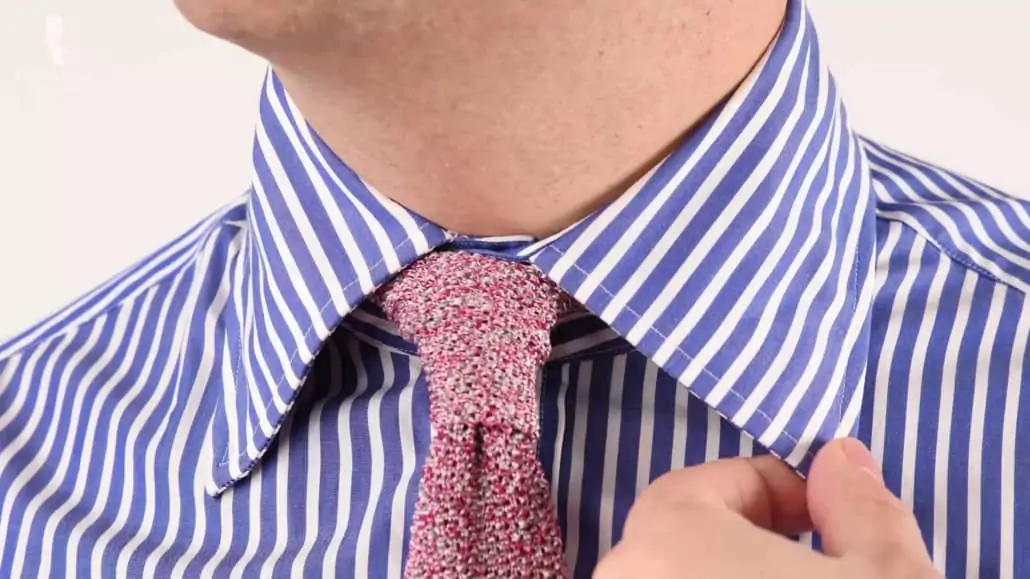
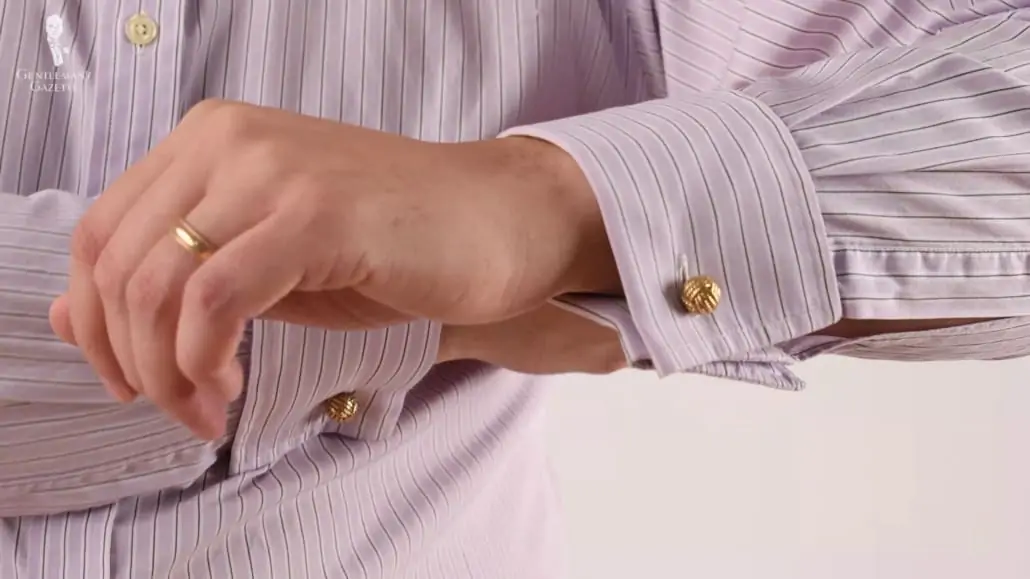
Whether, it be from grabbing or working with things, shaking hands or anything else, the cuffs, in particular, are probably going to see a fair amount of wear over the lifetime of the shirt. However, so long as the body of the shirt remains in good condition, the collar and cuffs can be replaced fairly easily, extending the shirt’s wearable life.
Similar to replacing patch pockets, though, unless you have the original fabric, a replacement for the collar and cuffs probably isn’t going to look totally natural, even if you do have the original fabric. Therefore, we’d suggest that you replace them with collar and cuffs in plain white to not only give your shirt a new lease on life but end up with a Winchester shirt in the process.
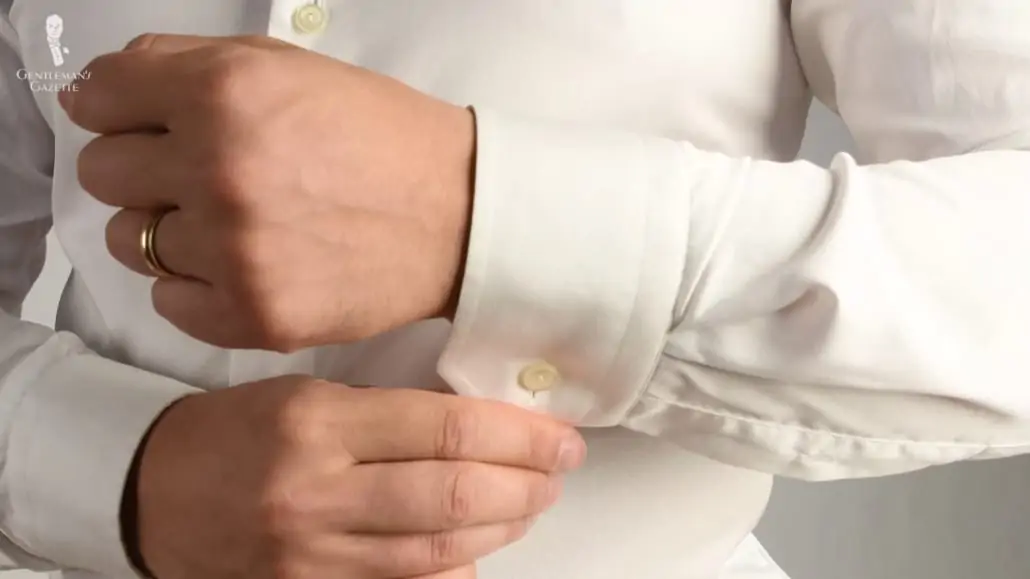
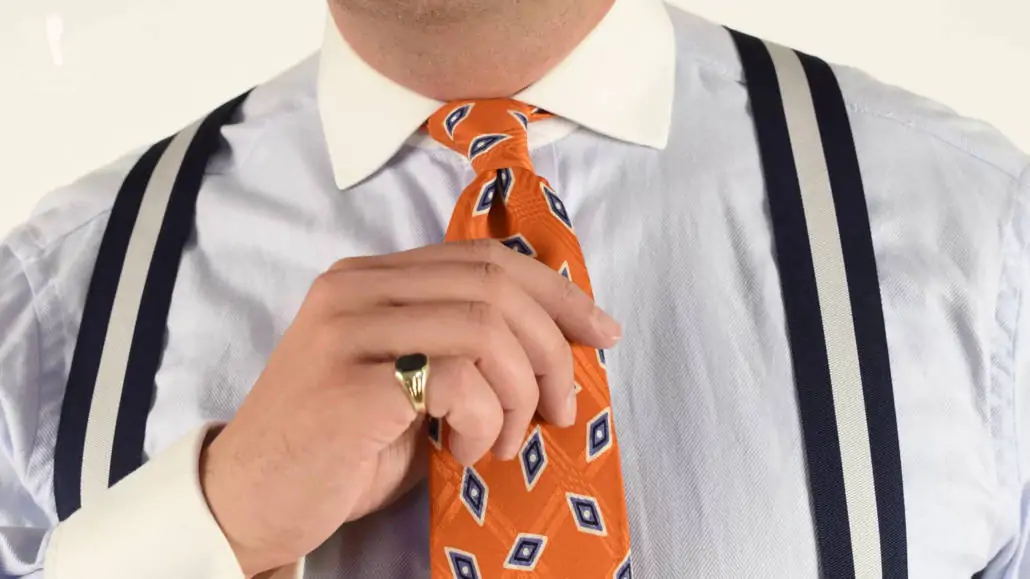
Shoes
Lastly, shoes are definitely another item that belongs in the “repair, then wear” category. This is especially true when it comes to higher-quality shoes with stitched-on soles, but even a lower-quality shoe with a cemented sole can be repaired somewhat.
When discussing shoe repairs, then, we could first mention replacement soles, an operation which can be done multiple times over years, if not decades, scratches that can be remedied in a number of ways–first, with shoe cream and polish, and there are even special operations designed to fill deeper and more significant scratches.
Next would be salt and water stains, which can be removed with different home remedies using things like water and vinegar. Lastly, the most simple and straightforward active shoe repair that there is, which is regular polishing. This nourishes the leather and keeps it supple, which will extend the wearable life of your shoes.
Category 3: Time To Retire – Don’t Wear In Public!
Finally, we’ve now come to the times when a garment truly is past its prime, and it’s best to retire it. Ultimately, of course, it’s entirely up to you how long you’re going to wear a garment, but if the following things happen, we’d suggest that you put garments into the “don’t wear in public” category.
Even so, you might still find use for these garments in applications like gardening, cooking, or as pipe insulation.
Significant Rips or Tears
We’ve already covered blown seams and small tears or holes, which can be easily repaired. But a large or significant tear on your clothing is probably going to mean that it’s time to retire it, especially when the tear has taken place not on a seam, but on the body of the fabric itself.
Any attempt to repair this kind of damage is going to be highly visible, and overall, we’d suggest that the patched-up “scarecrow” look isn’t a good one.
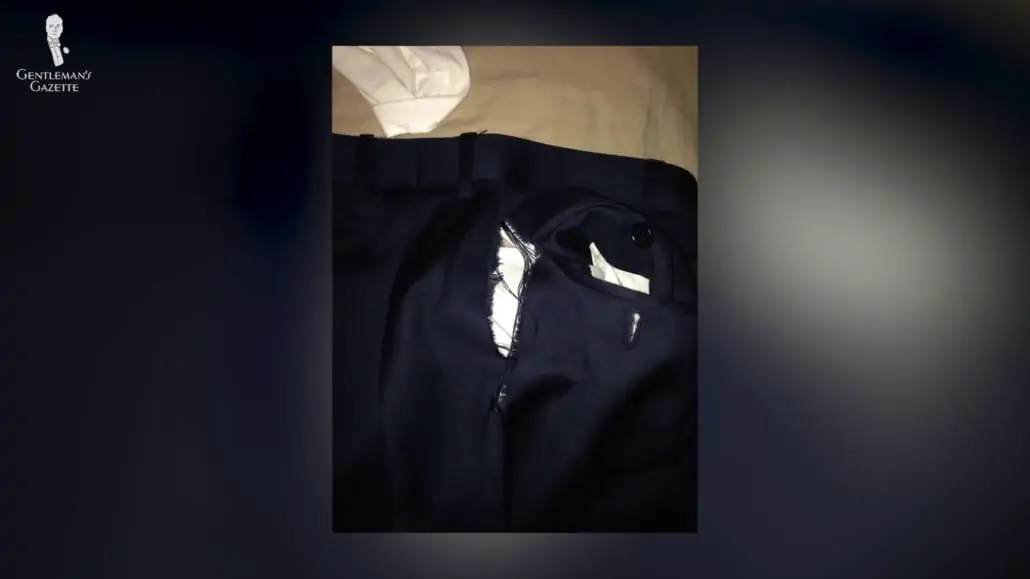
It may well be acceptable to patch up and continue wearing elements of workwear, as these are just going to be practical garments. But anything formal that has received serious damage of this nature, like dress shirts, suits, odd jackets and trousers, overcoats, and footwear should be considered retired and taken out of your regular wardrobe once the damage has been noticed.
Large Stains
As we mentioned previously, the best course of action when you see a stain is to begin remedial care as soon as possible. That being said, there are going to be situations where this kind of care isn’t possible at the moment, or you may simply be dealing with a stubborn long-set stain that isn’t going to budge no matter how hard you try.
This is certainly an unfortunate occasion, but it can happen. And when it does, it’s probably best to take the item out of your regular wardrobe rotation. Of course, depending on what the garment in question is, you might not be out of luck. For example, if you’ve got a stain that’s confined to only one part of a suit, you might still be able to wear the other parts as part of a broken spezzato style.
We wouldn’t necessarily recommend doing this with pinstriped suits, however, as pinstripes in orphaned garments can tend to look out of place. And you might be able to get creative in other circumstances, taking the example of a traditionally long trench coat.
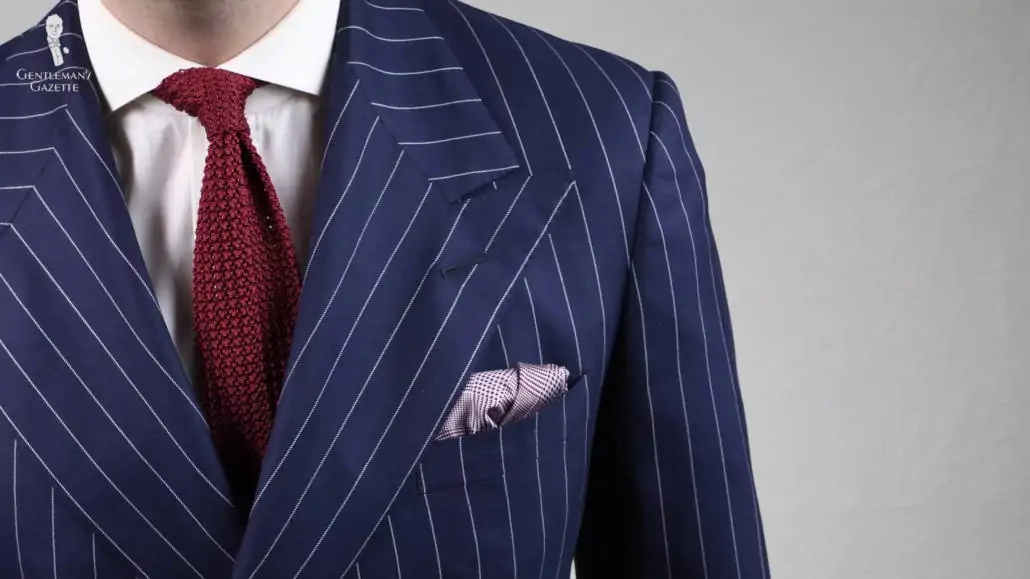
If it gets a stain in its bottom-most portion, something that may be likely to happen given its use, you could consider cutting off the bottom portion for a shorter, more cropped trench coat, which is a modern style, if that’s something you’re interested in. By the way, a shorter trench like this can also work well for layering in transitional seasons when temperatures are variable.
Discoloration
The final item on our time to retire list is a close follow-up to stains, being discolored items. Whereas a stain occurs when a foreign substance has left an indelible mark on your clothing, discoloration is a process that happens over time.
Most commonly seen on dress shirts, it can be seen as something of an opposite to fading as different parts of the shirt are actually going to get darker in color over time. This usually occurs on parts of the shirt where there is constant contact with the body, again featuring areas like the neck, cuffs, and armpits.
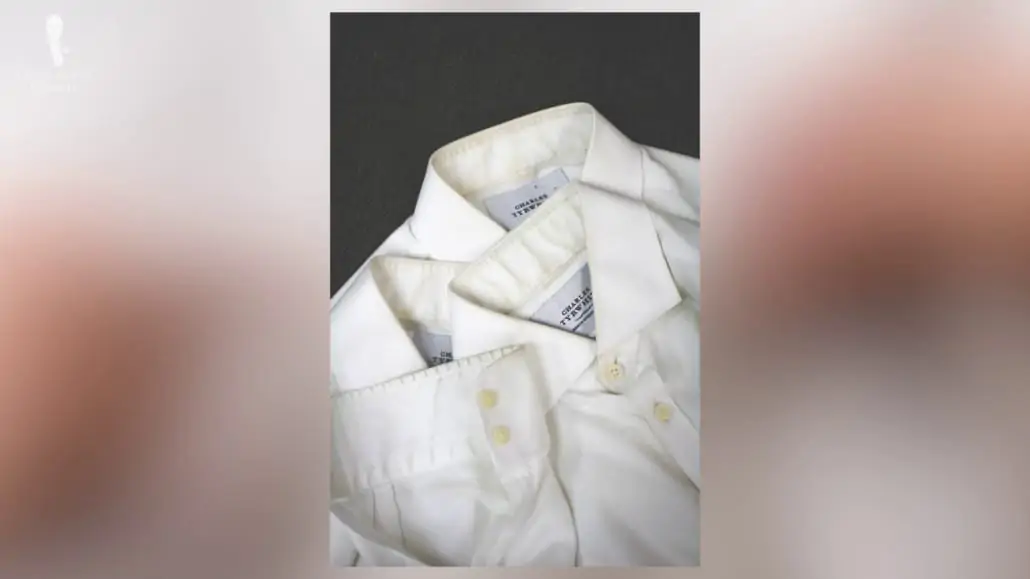
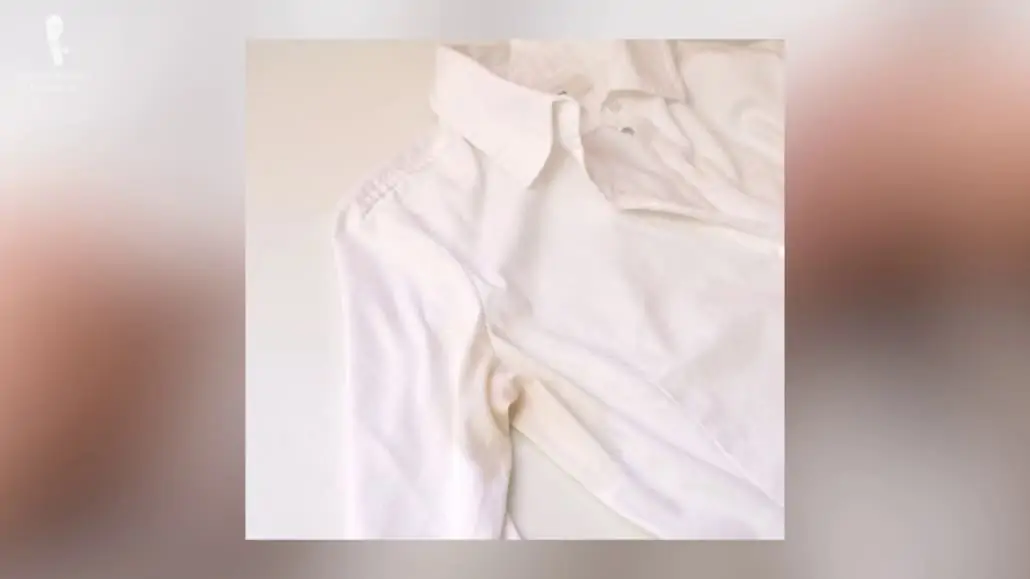
This discoloration is a result of built-up dirt accumulating on the garment over time, even with regular laundering. So, it isn’t usually a sign of someone being unclean, just that they’ve worn that particular garment quite a lot.
Underarm stains are a tricky beast, in particular as they’re often going to be a combination of natural deposits like skin cells and body oils, combined with aluminum or other ingredients in antiperspirants.
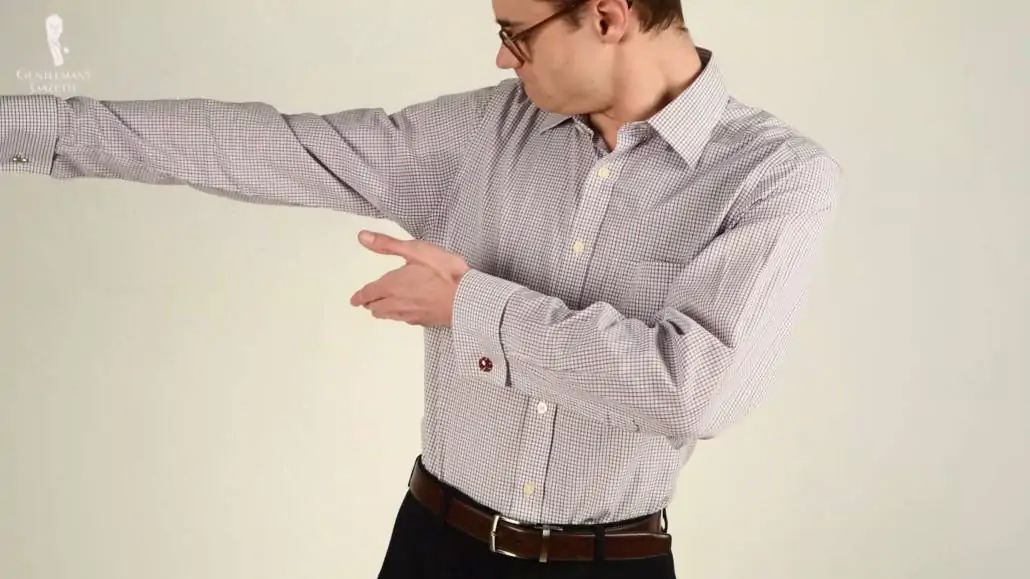
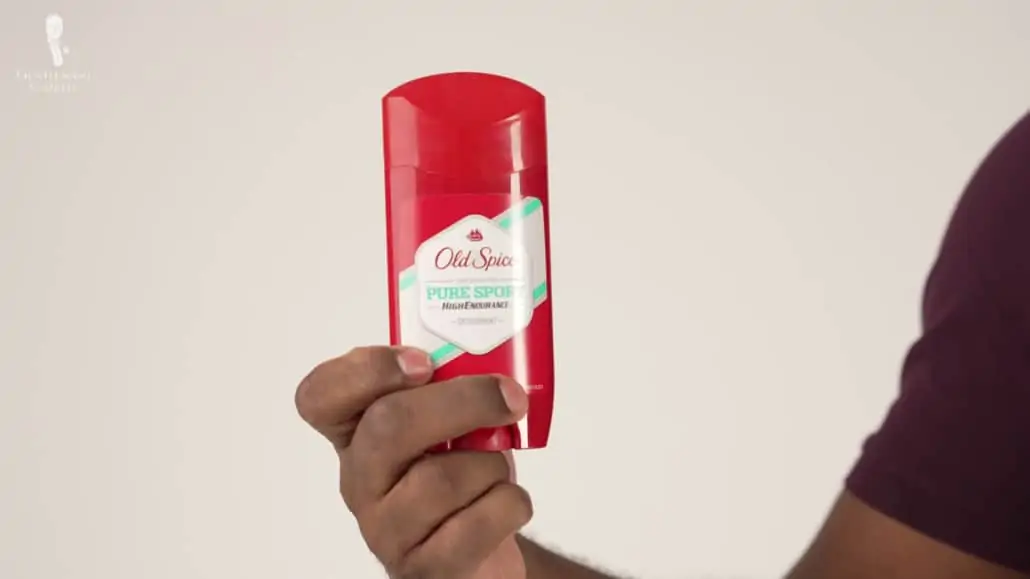
As clothing becomes discolored like this, you’re also going to see a change in the fabric’s texture. It’s usually going to become smoother, reminiscent of paper. Thus, the fabric’s original soft hand is going to disappear, and over time, it simply won’t be as comfortable to wear anymore.
Once you notice this type of discoloration, it’s probably going to be a more significant investment trying to bring that garment back to life than simply replacing it with a new one. If your undershirts, unseen by most people, have a bit of discoloration, this is probably all right. But if the shirts that others are going to see are more discolored, it’s probably time to retire them.
Conclusion
With all this information well at hand, hopefully, you’ll feel more confident in making decisions about when to extend the wearable life of your garments, and when to retire them. You might even change your mind about something you’ve already thought of throwing away.
We hope this will serve as another reminder that whenever you’re adding a new or, at least, new-to-you piece of clothing to your wardrobe, it pays to invest in quality.
Outfit Rundown
In today’s video, I’m wearing a number of different items from my own wardrobe, which are showing their age in different ways, but that I love enough that I’ve continued to wear them.
Chief among these would be my vintage camel hair sport coat, which I got second hand, and which is showing considerable wear on its football buttons and on the ends of the sleeves. The top closing button also had to be re-sewn on at one point, though this was relatively easy as the jacket features shank style buttons.
Under the jacket, I’m wearing one of my many French cuffed Charles Tyrwhitt shirts, this one featuring a microgrid of light blue and green on a white ground, and again, the cuffs and collar of this shirt are showing some fraying. The charcoal wool trousers I’m wearing, which are originally part of a suit, are showing a bit of fuzz around the seat, but overall, they’re still definitely wearable.
And my shoes, which are tobacco brown suede loafers from Scarosso, are one of my favorite pairs, and since I do wear them so often, they are already showing some wear.
And as you may have guessed, the other elements of my wardrobe today are accessories from Fort Belvedere. We’ll start here with my two-toned shadow striped socks in brown and green to pick up on the green stripes in my shirt, as well as the brown elsewhere in my outfit.
My cufflinks are our platinum plated sterling silver eagle claw designs, featuring green malachite as the stone, again, to pick up on green tones. My pocket square is a wool silk-blend with our art deco Egyptian scarab pattern in colors of olive green, burnt orange sunflower yellow, and mohair blue, and also features a burnt orange contrast edge, though you can’t see it with the puff fold I’m wearing today. My boutonniere is a small light blue Veronica persica to pick up on tones in my shirt, and my knit tie is a relatively new design to our shop in brown but featuring a subtle horizontal stripe in light blue. And for all of the Fort Belvedere accessories I’m wearing in today’s video, you can consult the Fort Belvedere shop.
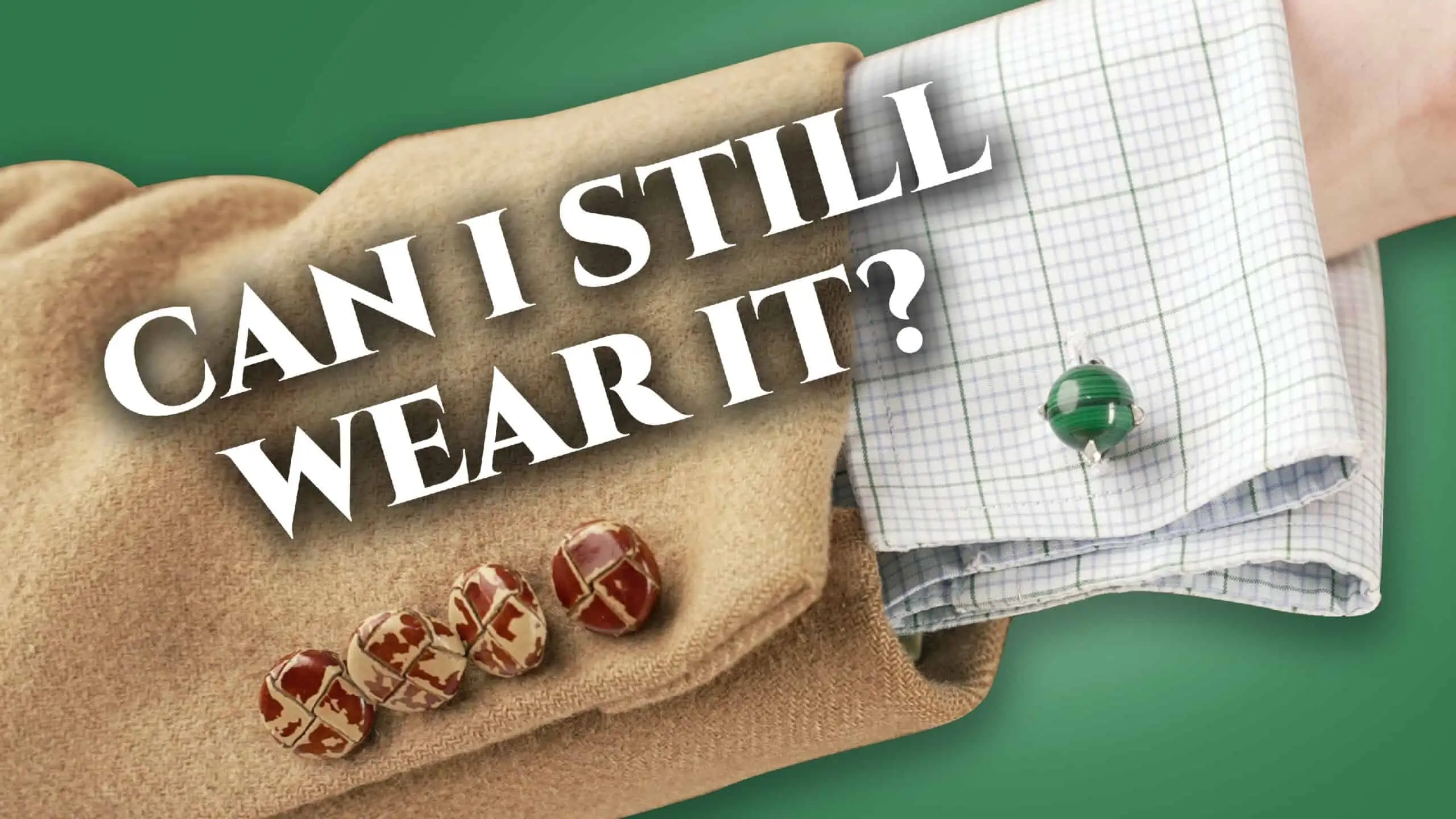
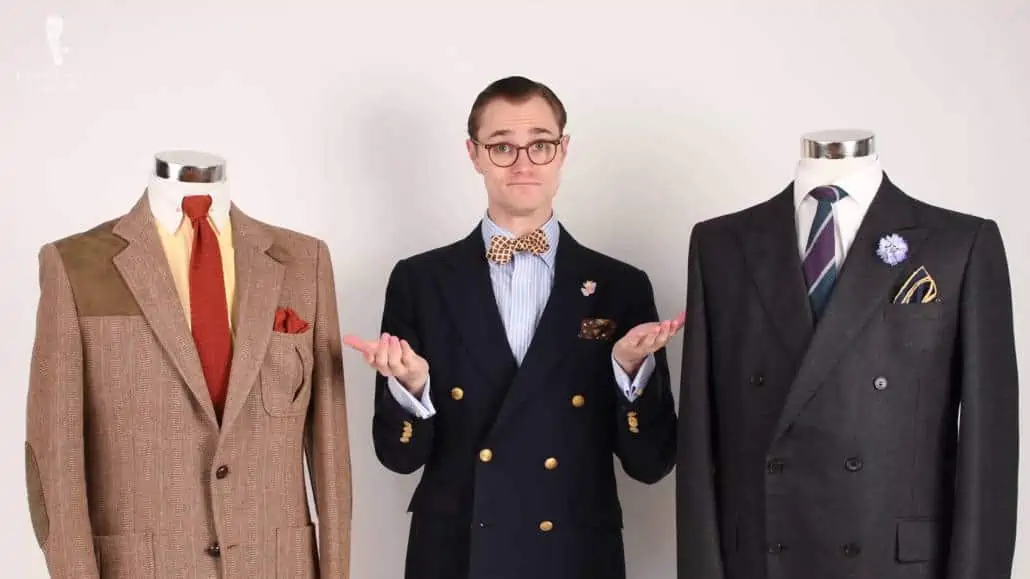
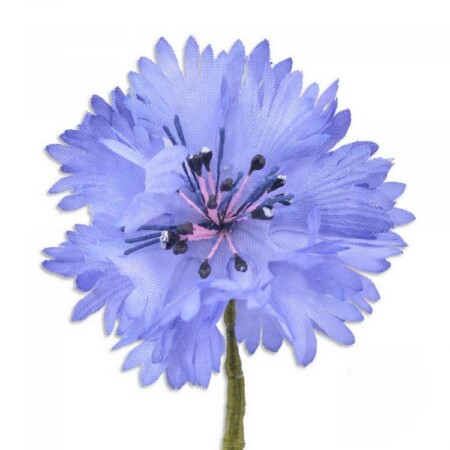
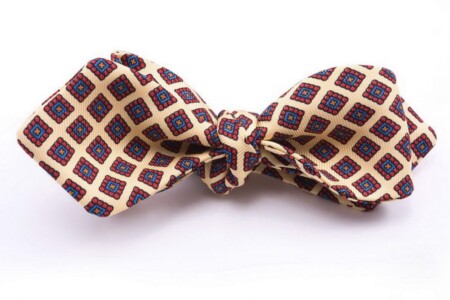
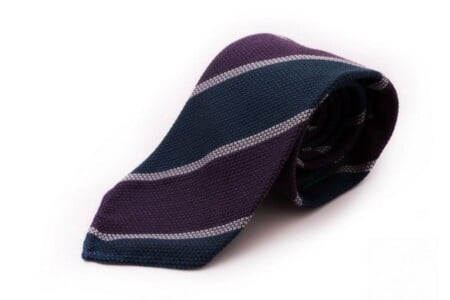
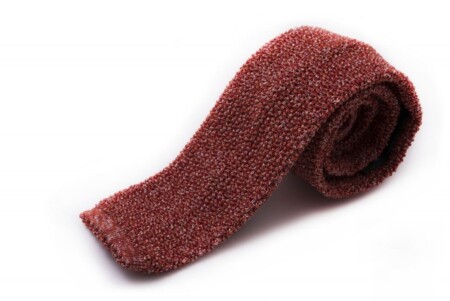
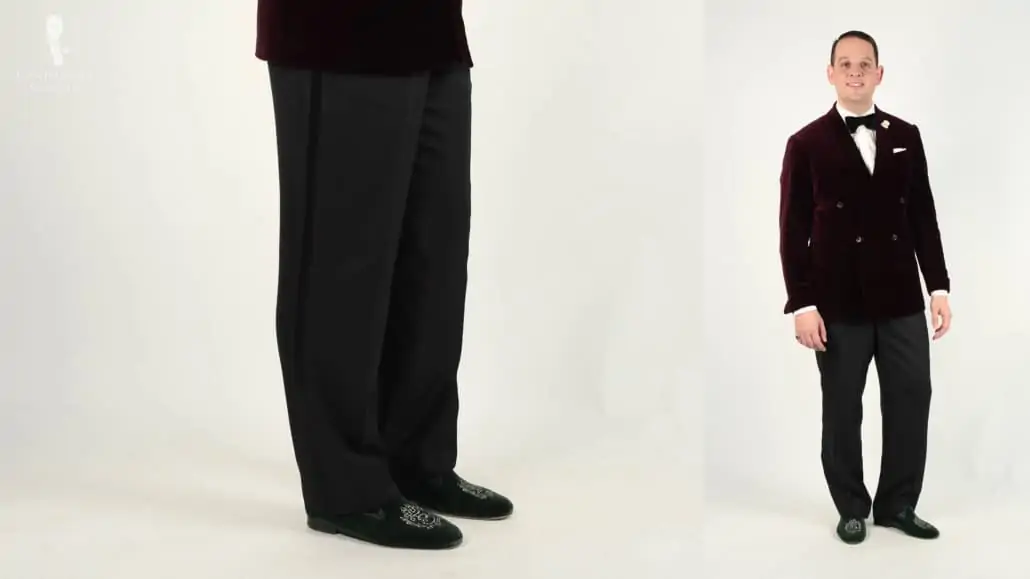
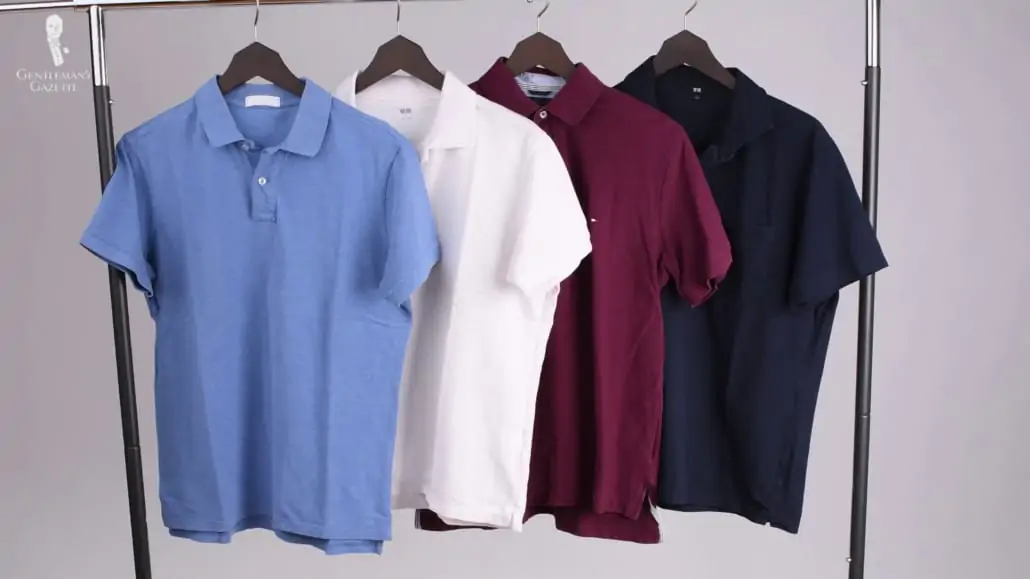
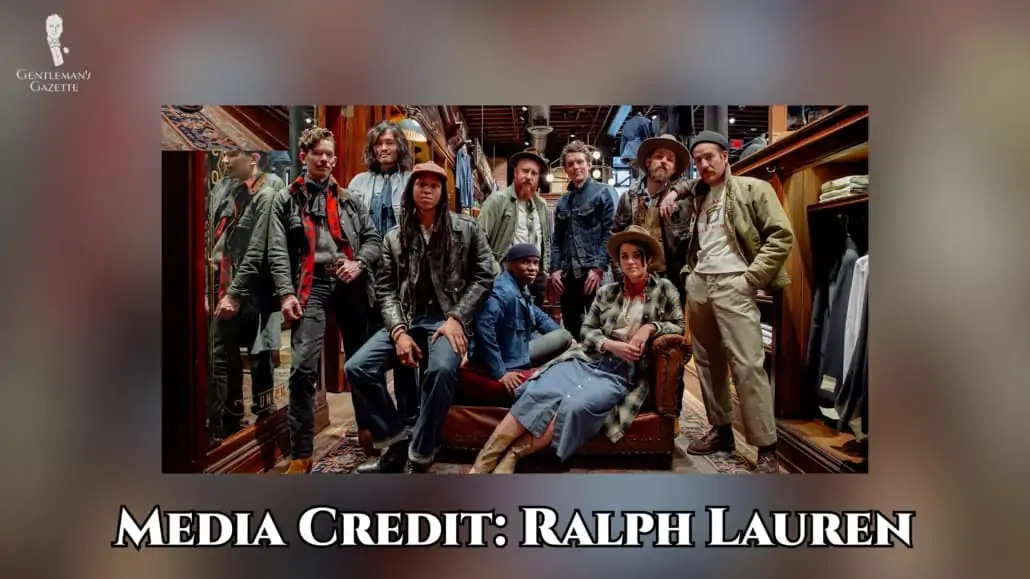
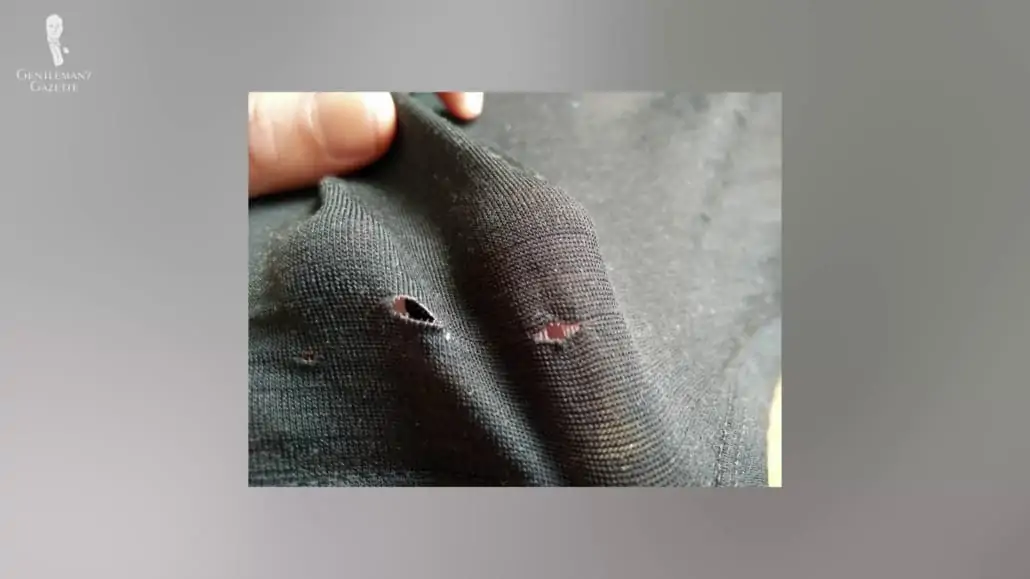
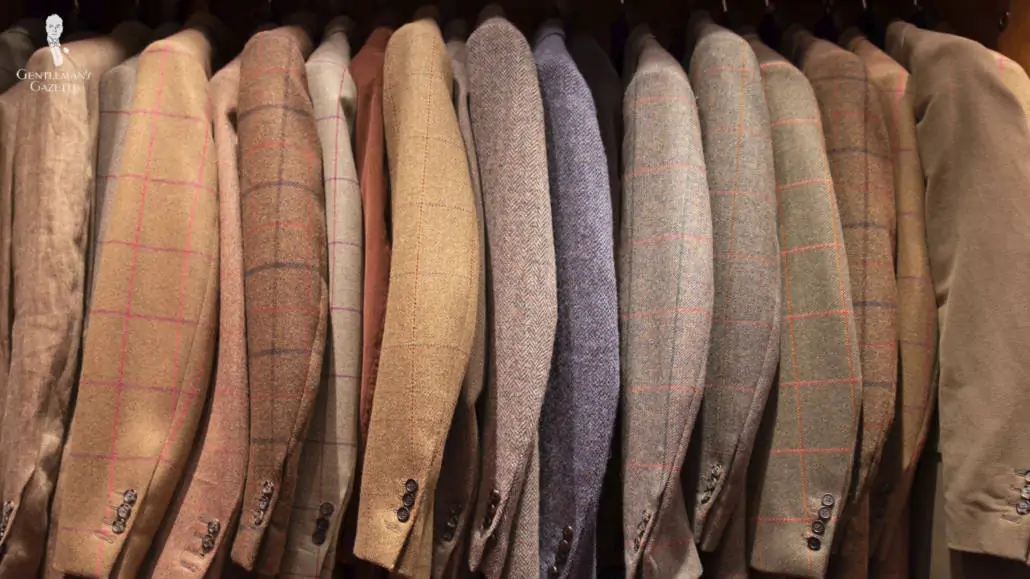
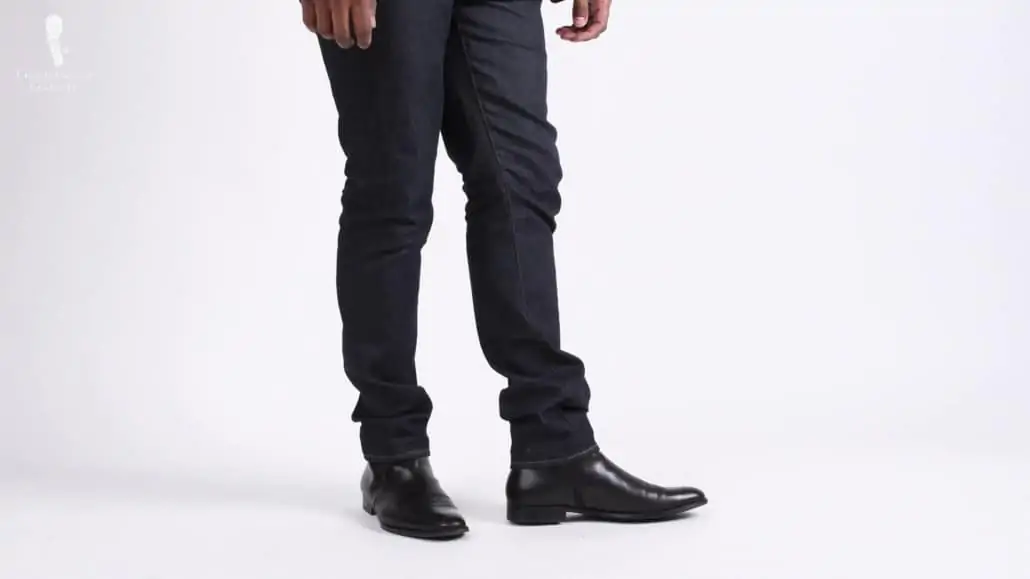
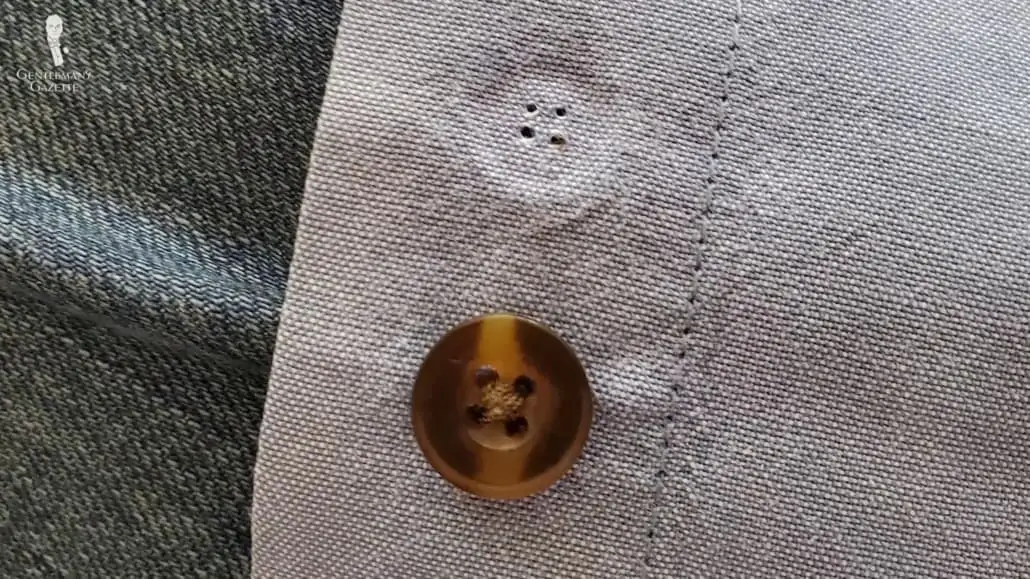
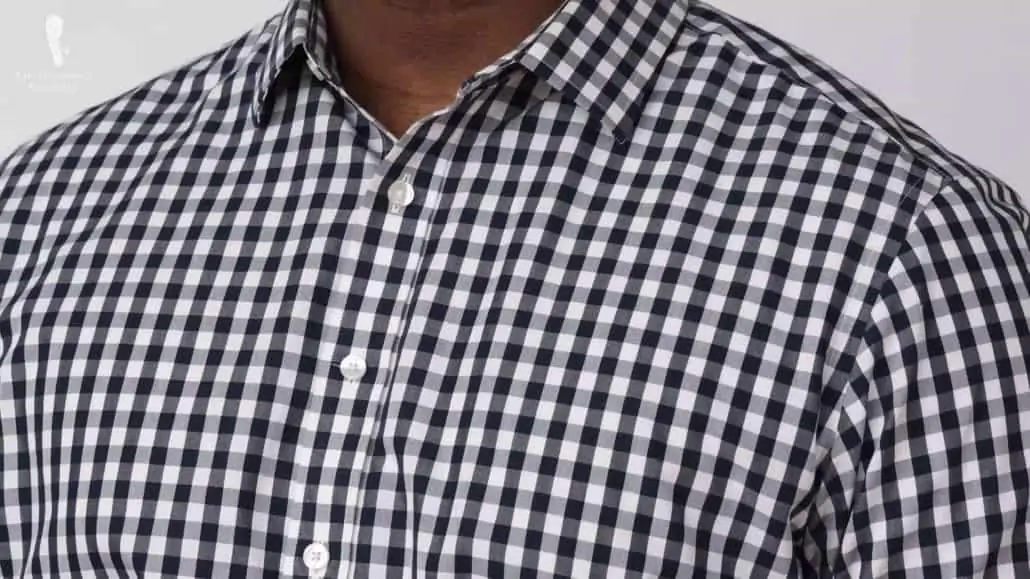
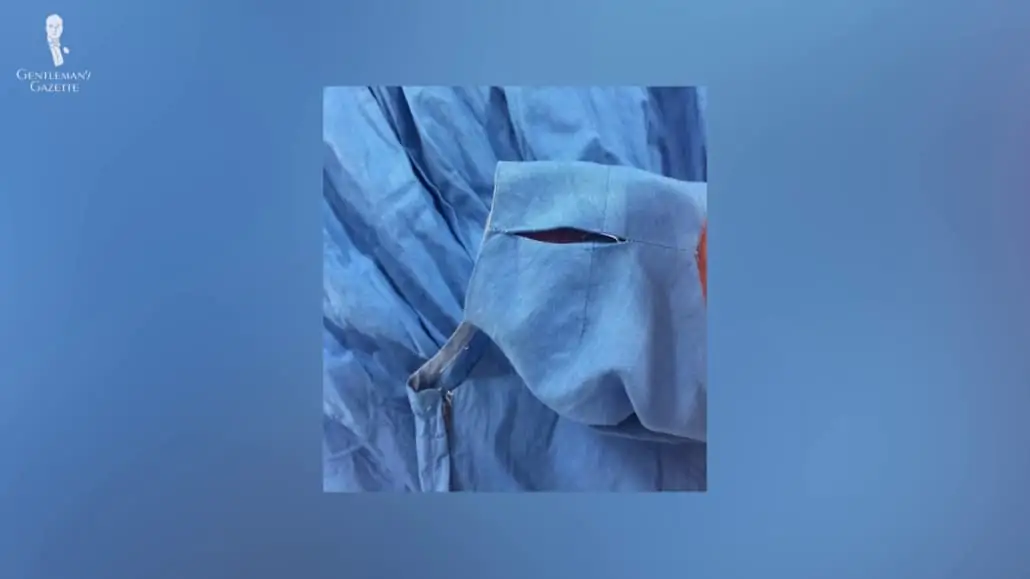
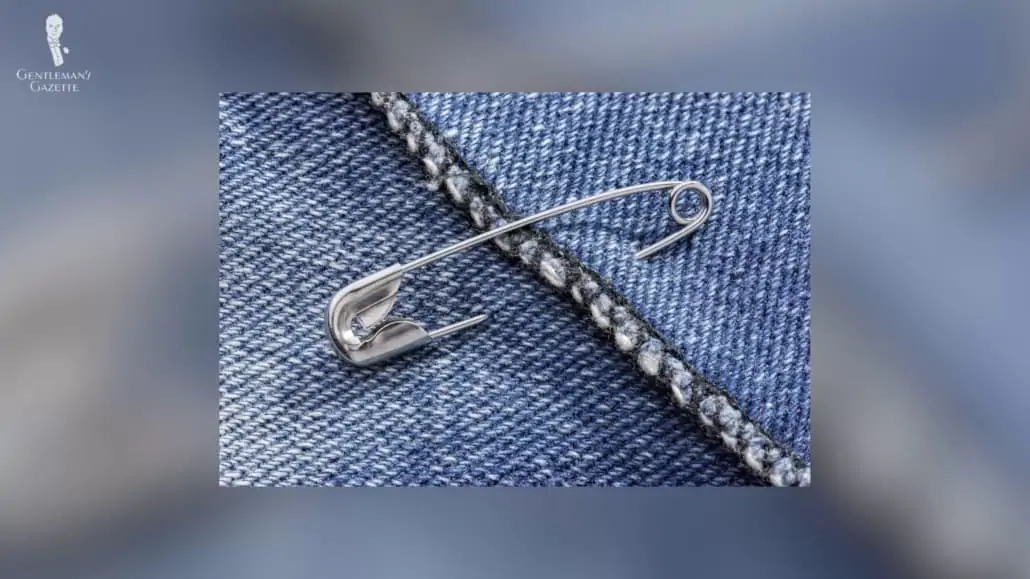
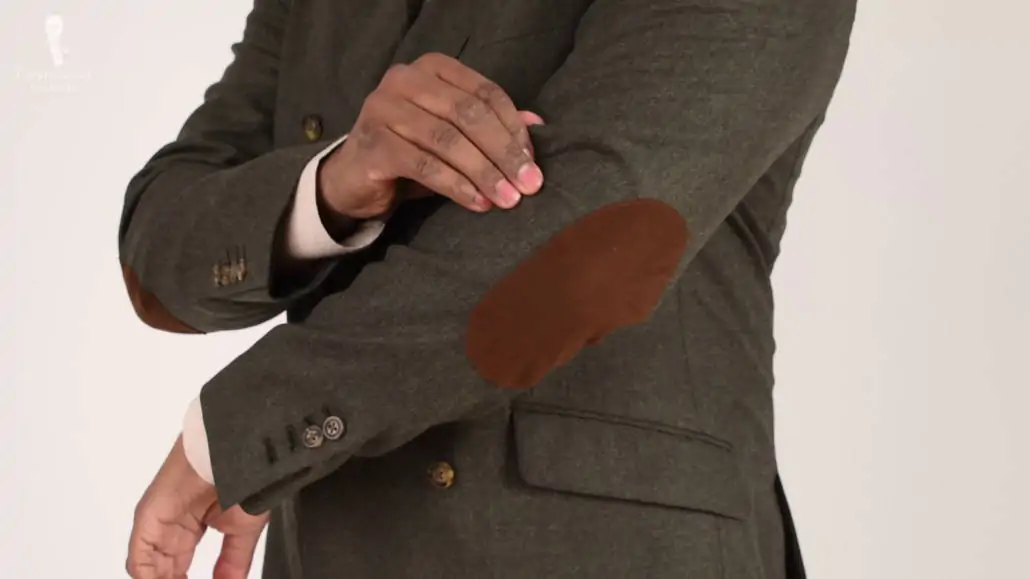
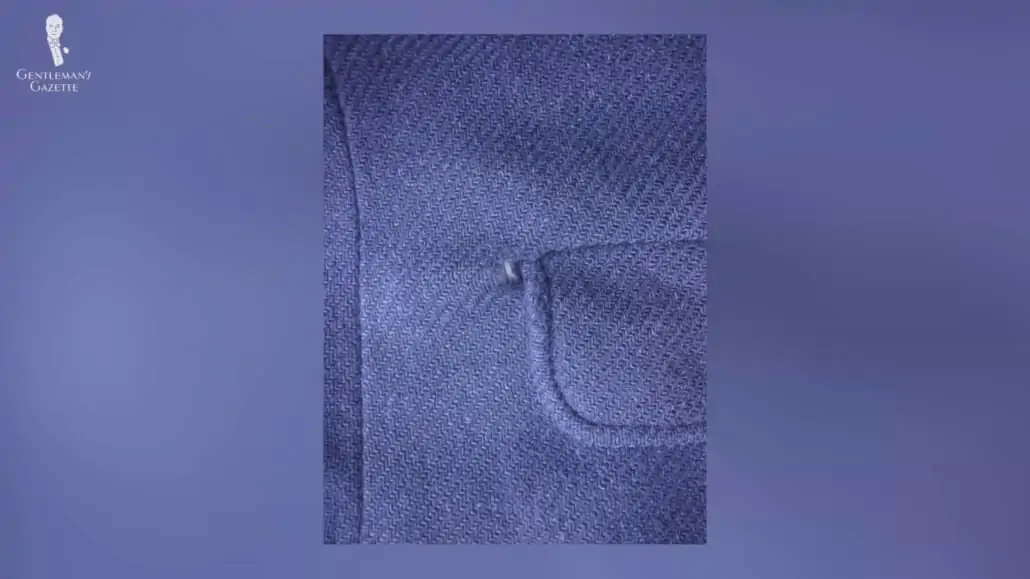
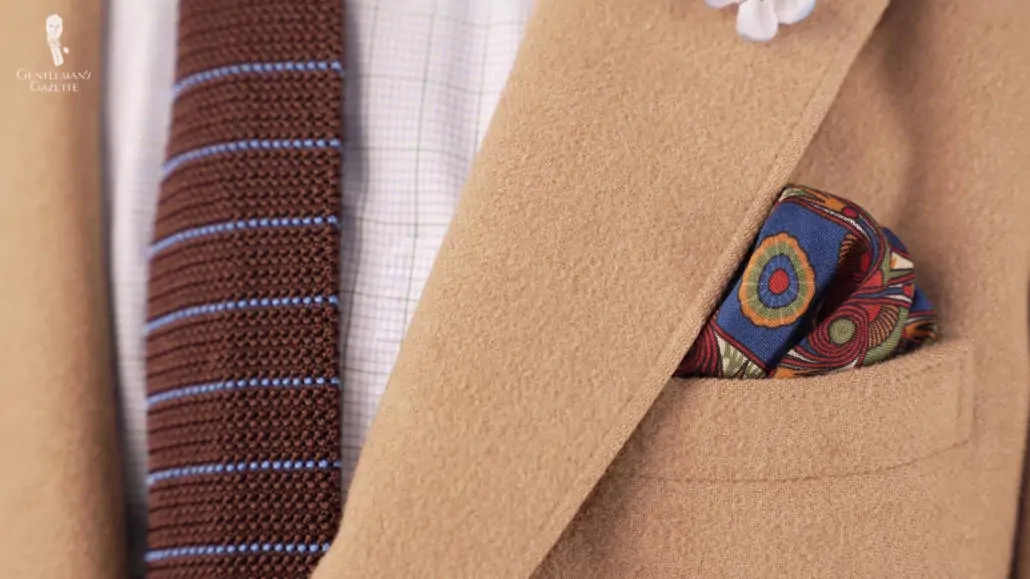
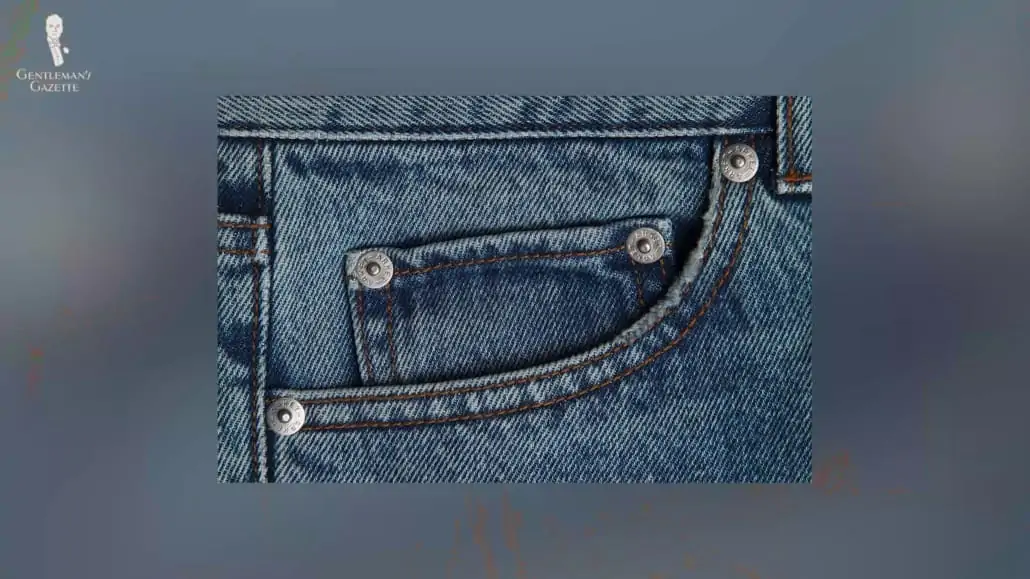
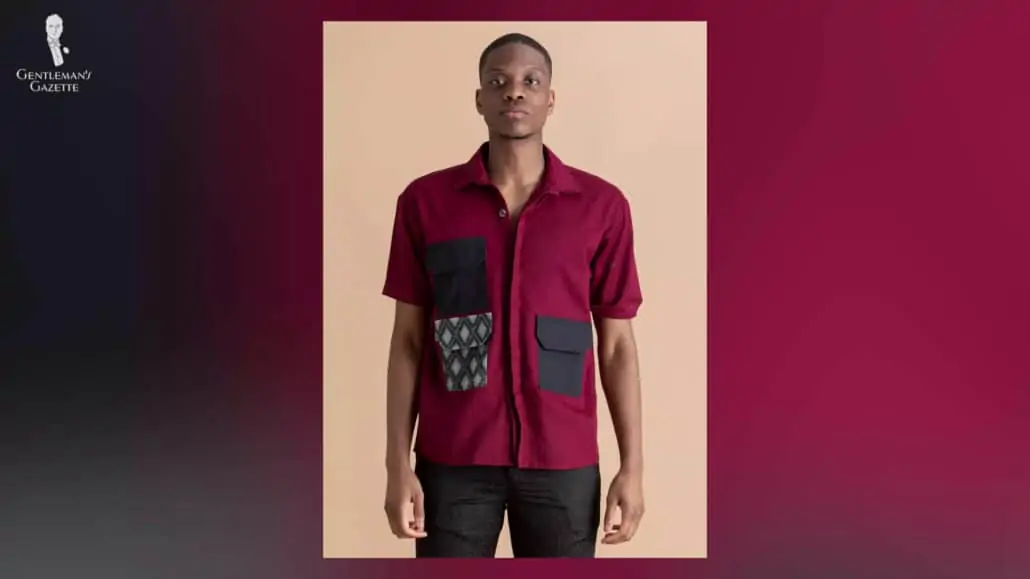
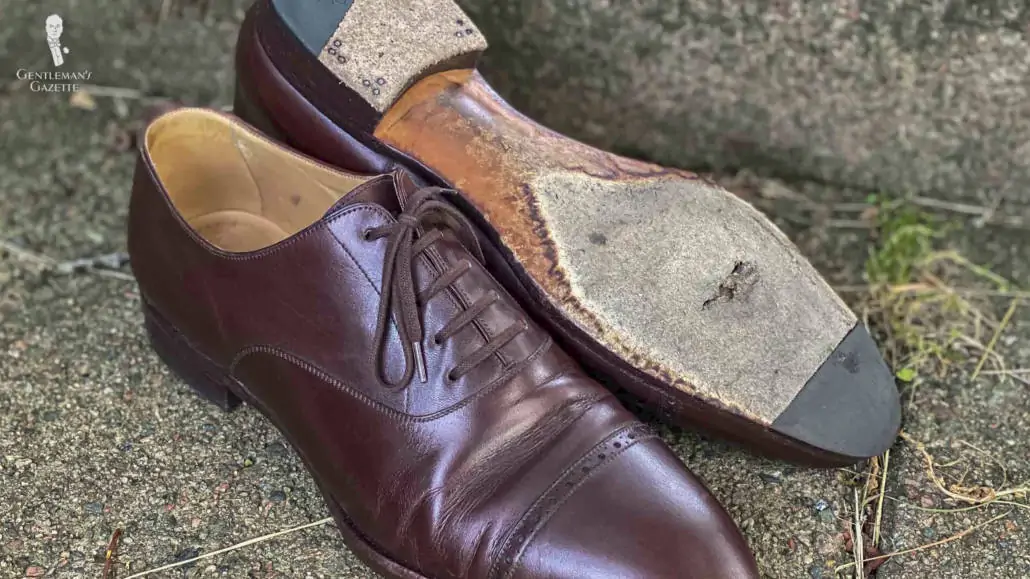
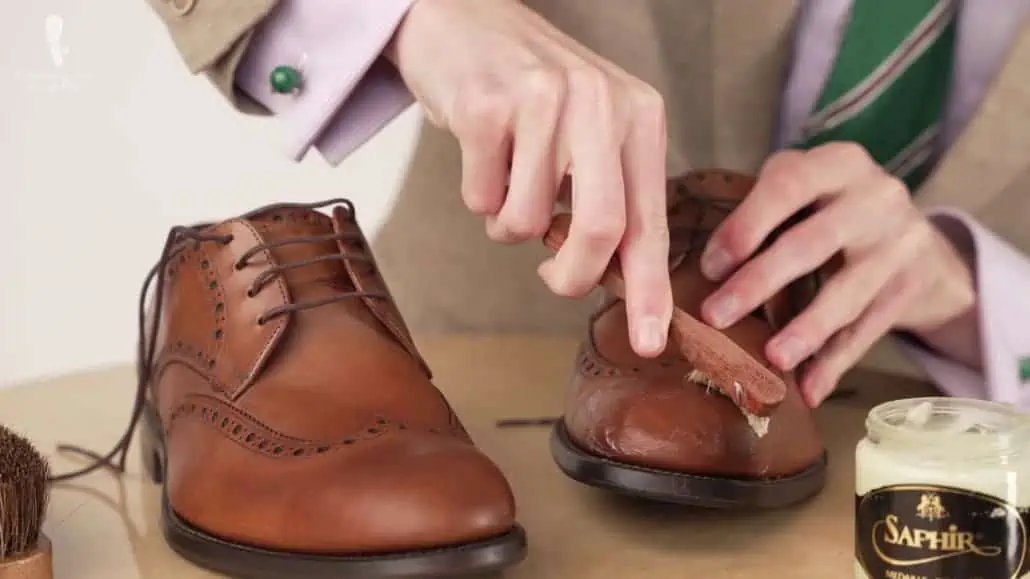
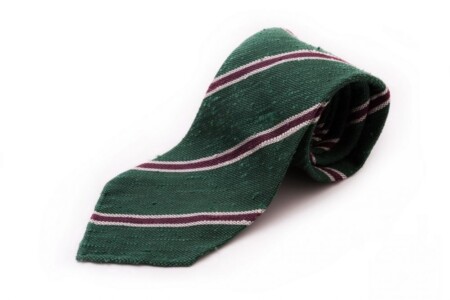
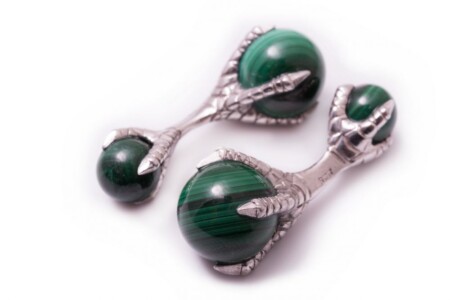
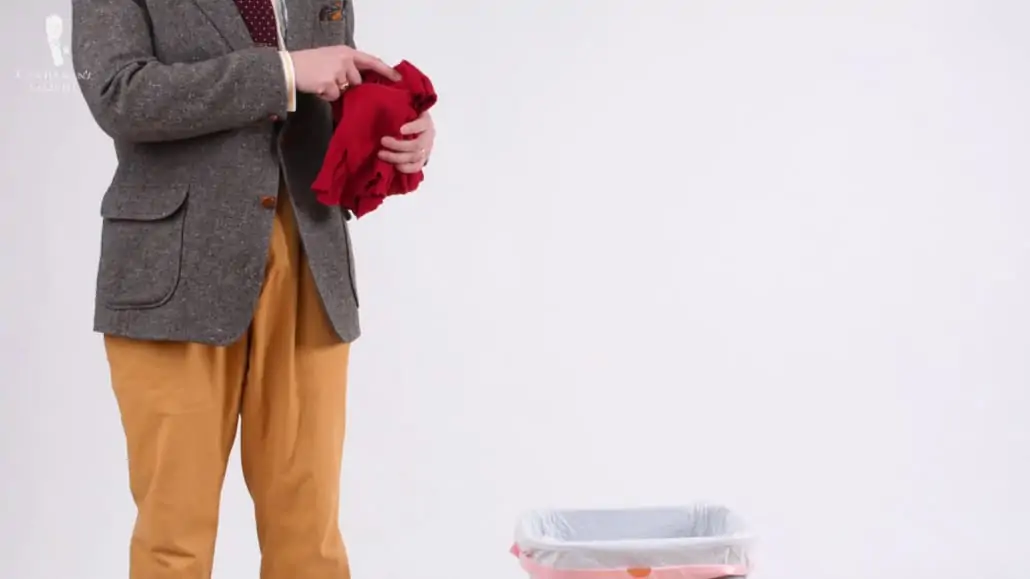
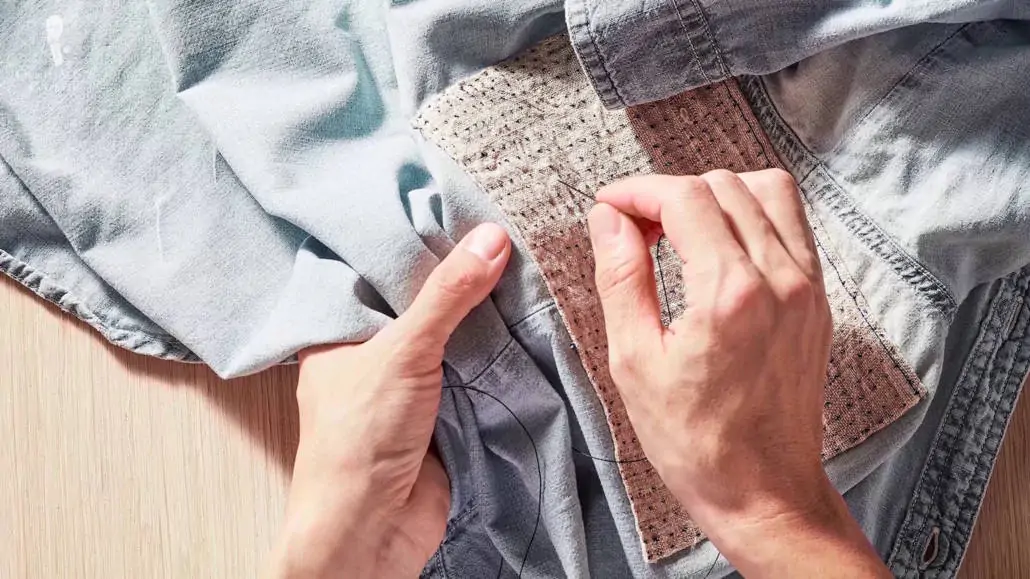
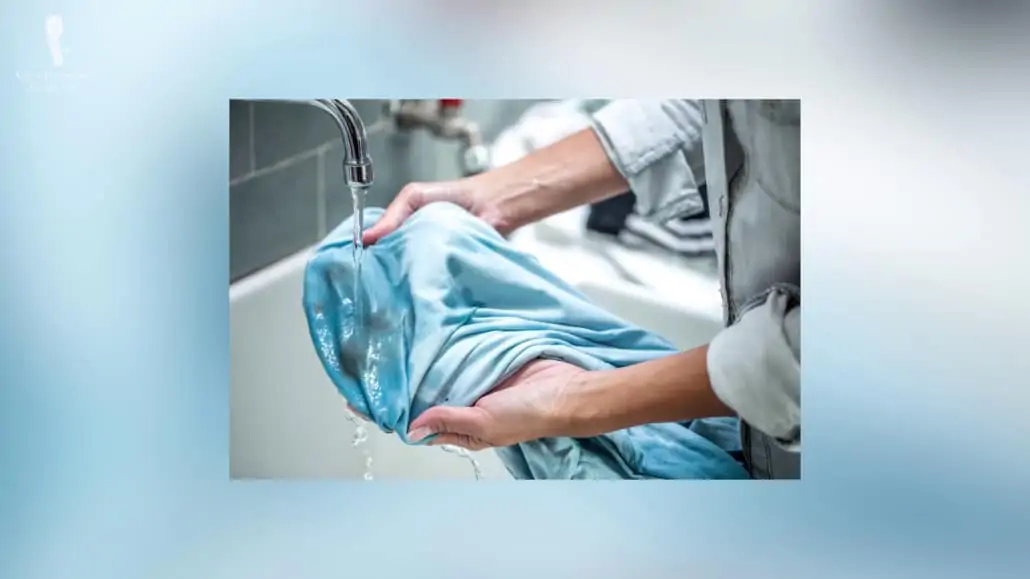
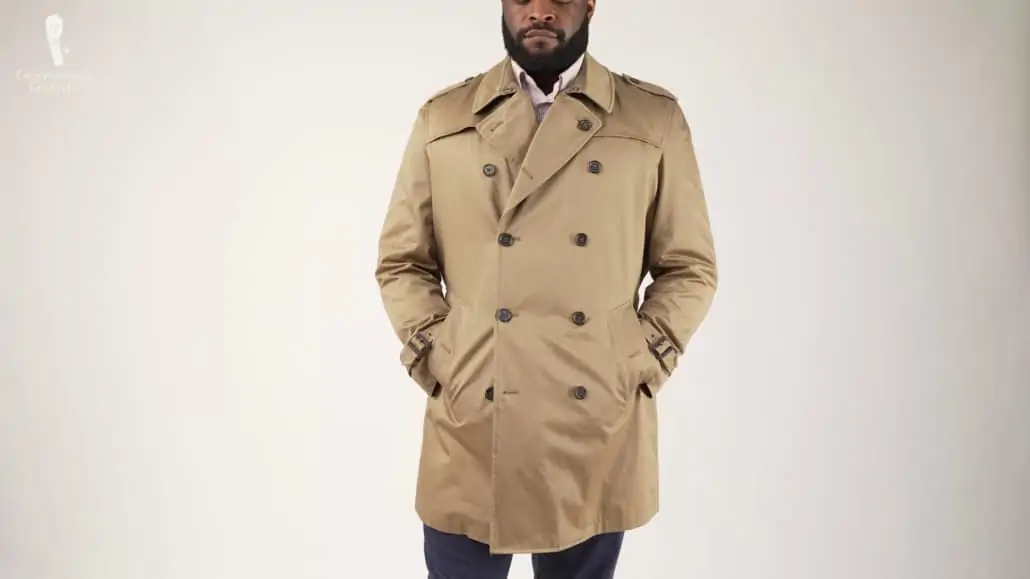
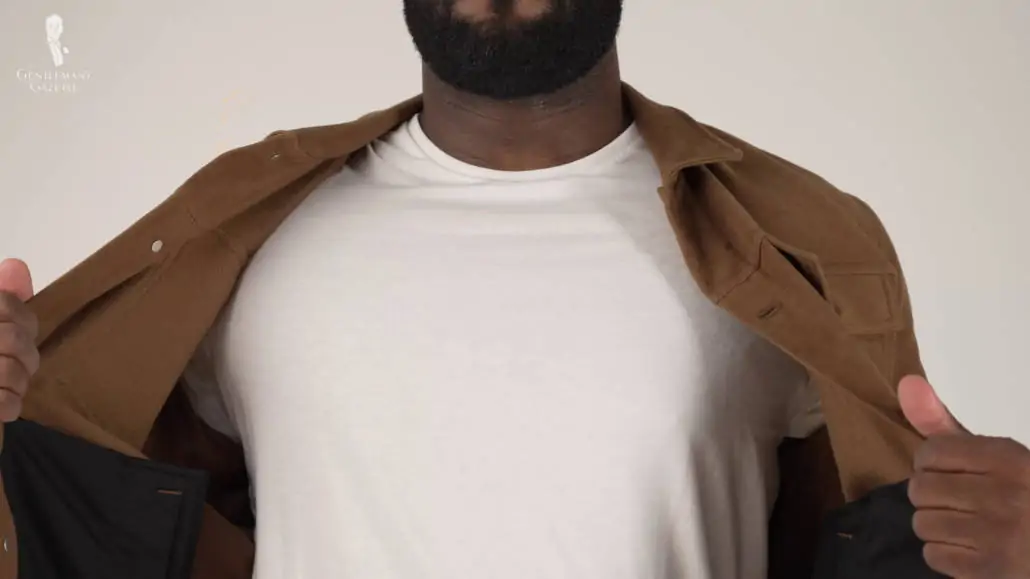
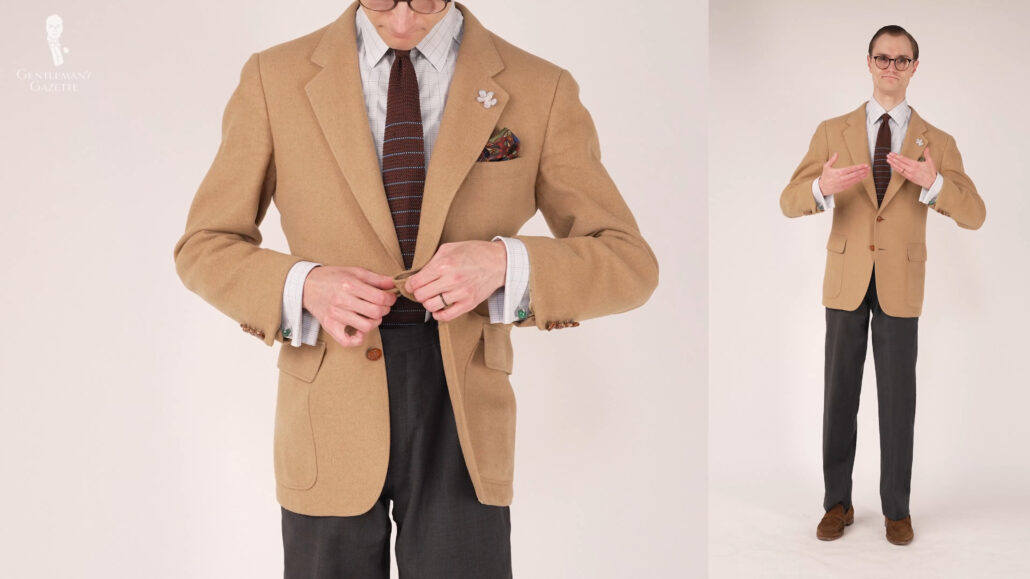
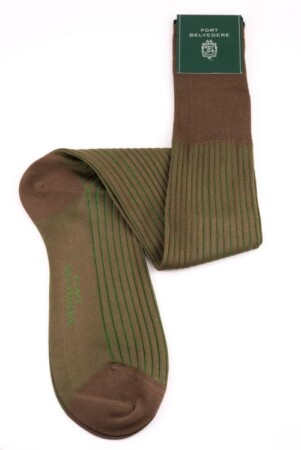
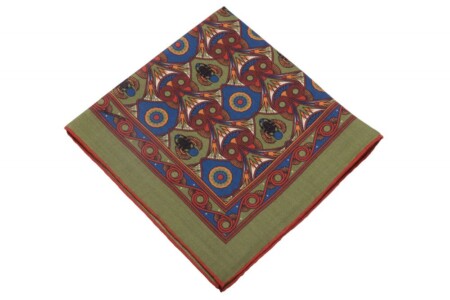
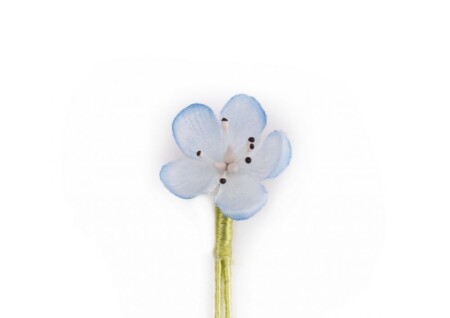
Thanks for yet another very thorough article. Shoecare-wise, last year’s lockdowns have helped me to experiment some unusual techniques, and try something on old ‘victim shoes’ (i.e. reserved for rainy days, on a motorcycle) which I was ready to throw away, but felt nostalgic about…
The product I tried is a repair ‘paste’ sold by a French company: Sofolk (www.sofolk.fr).
I first cleaned the shoes with acetone, used some sandpaper, applied the said paste (then again, a lot of sanding…) then applied some special dye (by Saphir) and finished with a regular care, and some thorough ‘spit shine’.
The ‘candidates’ were old 2004 Westons, which were so worn that there was nothing to lose.
And here is the result, if you can view it from your end:
https://share.icloud.com/photos/0vzqm8NfVK9WZ_j0vvAld3FVA
Great tip Stan, and a very productive use of your lockdown time! I’m glad to hear you enjoyed the article, too.
Thanks Stan,
Great hint! I could apply that on a pair of (in spite of proper care) awfully cracked John Lobb monkstraps. Which of Sofolk’s products have you used, they seem to have quite a portfolio?
Thanks again,
Sven
So to replace a collar and cuffs on a shirt, I’d take it into an alterations tailor and they’d take care of it, right? How much would it cost, on average?
Typically speaking, yes. As with most alterations, the cost of the service can vary between tailors, so it’s probably best to have a look at a few close by to you, obtain some quotes, and go from there :)
It might be cheapest to provide your tailor with a new collar or new cuff, just to attach to the shirt. I would suggest to buy the collar e.g. at Darcy Clothing and the cuffs at TM Lewin, where they are marketed as pre-folded pocket square set.
This article answered quite a bit questions for me. If I can save a garment… save it! In most cases, only we know where the imperfections are….
Absolutely right, Darrio! I’m happy to hear you found the article useful.
Thank you for the totally detailed concept of keeping clothes. I have kept certain pants that had to be let out ( blame Mr. COVID) and saved buying a bigger size. I do believe in the Oprah idea, if not worn in 2 years, ( I stretch this to 3 years) . My style is very conservative and classic clothes for me don’t change very much. So like in your great article , holes that are too big or will show in suits or tweeds goes out the door.
Thanks again for all your work !
Sims, it’s our pleasure! It sounds like your love of classic style is rewarding you with an enjoyable wardrobe!
Good article, but how about suit pants that are worn to a shine, not worn out or through; but, now have shine in the fabric at the seat?
At some point when I was in college I acquired this little battery operated razor gizmo that works well on pilling fabrics. It is better suited to smoother fabrics than fuzzy ones, but I have used it for years and it has extended the life of many of my garments.